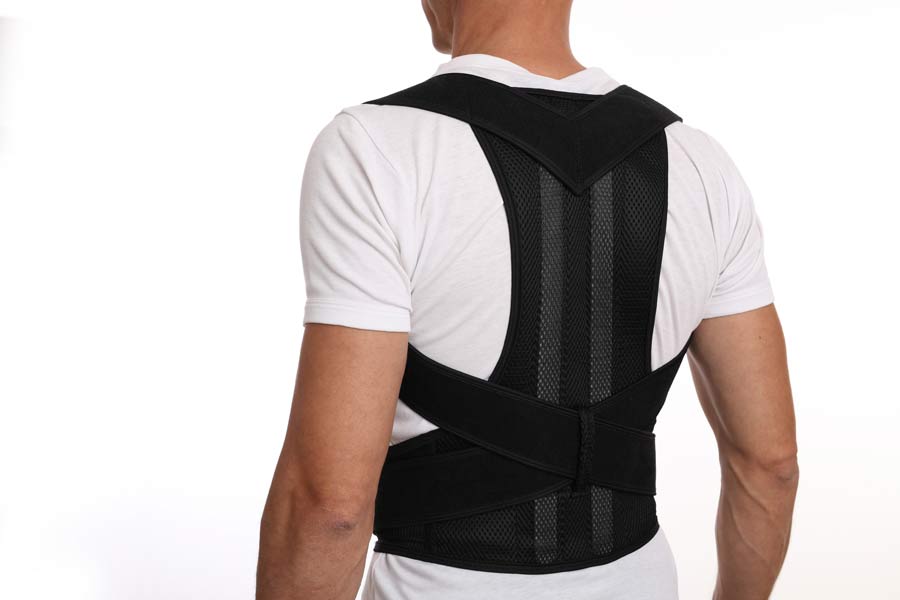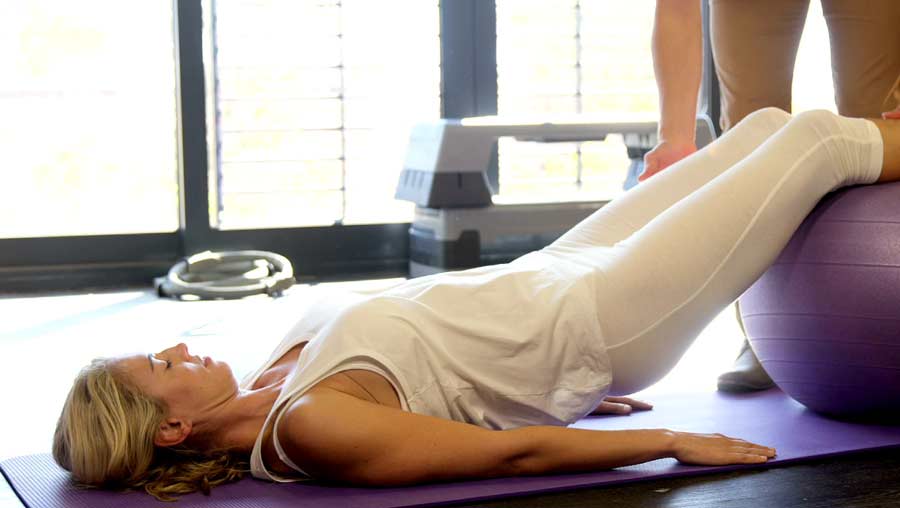Treatment for Spondylolisthesis
Six percent of the human population has spondylolisthesis. Just because you have spondylolisthesis diagnosed on your studies does not mean it necessarily causes pain.
There are three main types of spondylolisthesis.
#1 is congenital. You are born with.
#2 is traumatic. It developed either through repetitive stress or through trauma.
Young gymnast, secondary to their extension of their back activities, can develop spondylolisthesis. Football lineman, secondary to the forces applied to the lower back when blocking, can develop stress fracture related spondylolisthesis.

#3, it is degenerative. Over time, as the ligaments stretch and the disks lose competency, spondylolisthesis may develop.
Treatments are dependant on your complaints.
For young athletes, it is often pain or difficulty performing activities. After testing, if spondylolisthesis is identified, initial treatments include rest, avoiding activities, and using bracing. The stress fracture can heel. Once it heals, he or she can slowly resume normal activities.

For significant traumatic episodes where there is significant movement of the bones, he or she may require surgical management which is typically a fusion operation.
For older people who develop a degenerative spondylolisthesis, it can cause a pinched nerve, which will result in radiating symptoms down the legs. Treatments can include therapy, use of medications, and injections. Ultimately if the pain does not improve or becomes more severe or if the patient develops significant nerve type pains, he or she may need surgical management.

Having said that, most cases a degenerative spondylolisthesis and stress fracture related spondylolisthesis can be treated without surgical treatments.
As stated before, 6% of the human population does have spondylolisthesis within their spine. The vast majority of people do not even know they have it.
If a test shows spondylolisthesis, please get an evaluation to see if that finding is even the source of pain. Many times, it can be the normal sprain and strain of a back that we experience in daily life instead of the spondylolisthesis causing the pain.
Citations
- Hasegawa K, Okamoto M, Hatsushikano S, Shimoda H, Sato Y, Watanabe K. Etiology and clinical manifestations of double-level versus single-level lumbar degenerative spondylolisthesis. J Orthop Sci. 2019 Dec 13; PubMed PMID: 31839389
- Park JH, Kim KW, Youn Y, Kim H, Chung WS, Song MY, Cho JH. Association of MRI-defined lumbar paraspinal muscle mass and slip percentage in degenerative and isthmic spondylolisthesis: A multicenter, retrospective, observational study. Medicine (Baltimore). 2019 Dec;98(49):e18157. PubMed PMID: 31804327
Last modified: January 8, 2020










Please, traduction in frensh. Thank u.
I’m sorry. We are unable to do this at this time.